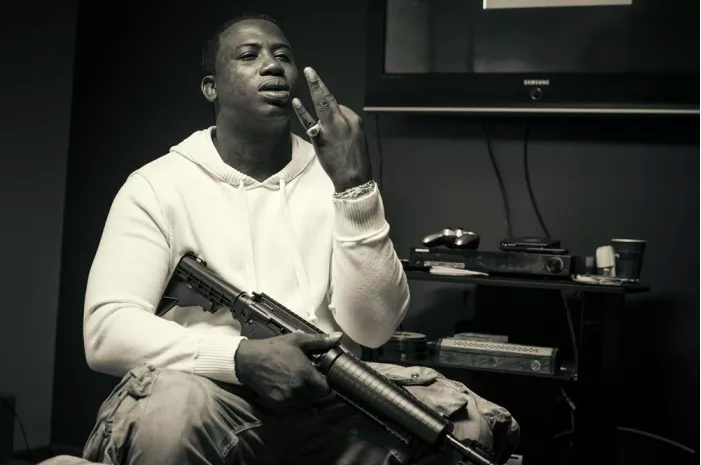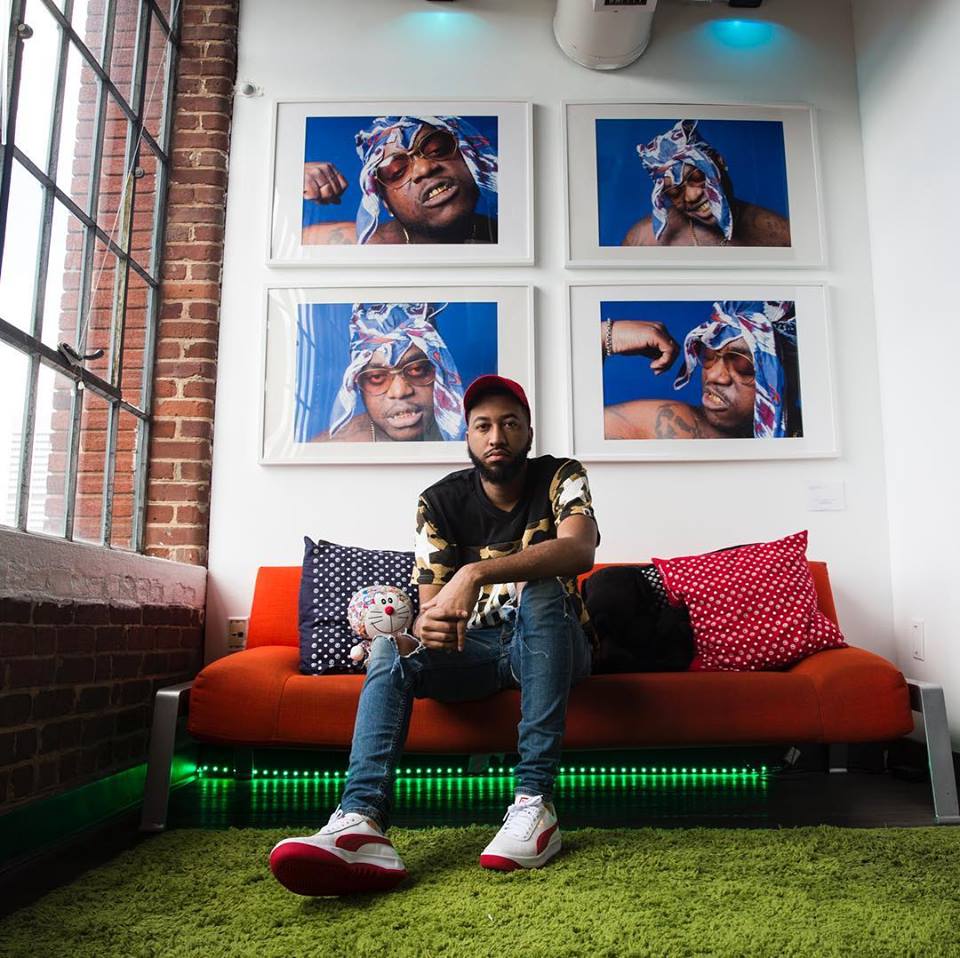What would the world be without historians? By definition, these are experts or students of history pertaining to a particular period, geographical region, or social phenomenon. It is their work that puts context around advancements of the cultures they choose to study. Having proper context is a necessity in terms of advancement. This especially holds true when we look at African-American culture here in the United States. As a people, our history is draped in misrepresented information and mystery. As a result, we all don’t know our truth. When you don’t know your truth, it leaves the door open for someone else to tell you what your truth is. In the case of black history, it created opportunity for capitalization on our contributions without giving proper credit. Meanwhile, we remained oblivious to the deception.
Carter G. Woodson was Black America’s saving grace. After teaching himself common school subjects, and mastering them by age 17 he went on to become the “father of black history”. As one of the first African-American history scholars, he was convinced that the role of the African American was being ignored or misrepresented. His research led to The Journal of Negro History in 1915. He also established The Association for the Study of African American Life and History, dedicated to the study and appreciation of African American history. Later, Woodson launched Negro History Week which was the precursor to Black History Month. In essence, a self-taught documentarian went on to preserve African American culture by providing the proper historical context to it, along with an organization serving as a resource to inspire others to carry on the tradition. Woodson’s name being buried in the archives of history is symbolic of how the timeless contributions of African American historians go overlooked.
Fast forward, and now culture is driven by documentarians. Given the tools available, photos go viral faster. Now a new breed of documentarians is identifying their importance. Cam Kirk is leading the way, capturing images of Hip-Hop’s most polarizing figures during a time when the genre is pushing black culture to new levels of popularity. When it comes to properly documenting the culture as a means to owning its influence, Cam Kirk is following in the footsteps of Carter G. Woodson. A self-taught photographer, he freezes moments in time through photos of Atlanta’s rap scene, which has been in the driver’s seat of black entertainment culture for the last decade. Cam is responsible for the most iconic photos of Atlanta’s new age of Hip-Hop legend from Gucci Mane to Lil Yachty. Iconic is indeed the proper term, his work has earned him the title of the “Eye of Atlanta”. His passion stems from an intrinsic need to ensure that the right images are given to the world.

“From 2012-2013 it was a time when photography in hip-hop was dead, especially in the Atlanta market. You had a lot of videographers doing vlogs which was the main source of expression for a lot of artists in terms of documenting their day to day. There were very few people doing photography. The trap scene has always been under the radar in terms of what’s really exposed. You never really got to see someone like Gucci sit in front of a camera and show his lifestyle. Many artists coming out of Atlanta were a mystery. When I started shooting I was getting access to a lot of artists who never exposed their everyday life before then.“
At the time, Gucci was fostering a group of guys who turned into big names. Cam was in the center of it all, catching artists like Young Thug, Migos, Metro Boomin and Young Dolph before the fame. He recalls being the only photographer in the photo pit when concerts came to town. Those would be accompanied by studio sessions including 4-5 superstars in one space, with no camera man in the room. Turning his camera on those moments, Cam Kirk played a major part in Atlanta.
:no_upscale()/cdn.vox-cdn.com/uploads/chorus_asset/file/19148414/gjzzok933zp96xdoyl6h.jpg)
“After the credit as the eye of Atlanta came, that’s when I realized my responsibility to ensure that I shined the perfect light. When I shot Gucci, Thug, The Migos, or Metro it was always the right image and the right look for their careers. As I realized people were viewing Atlanta through my lens, I made sure that every image was right integrity wise.”
When it comes to influence, black culture is the new mainstream. It fuels a music industry that generated $15.5 billion in 2016, and inspires an apparel industry with an estimated U.S. market value of $359 billion as of 2015. If we’re not making the music that transcends race and ethnicity, our “cool” is being used to style and market clothing selling for billions of dollars. Hip-Hop is the one genre that paints the picture of black culture used to make record labels so much money, and inspire fashion worldwide.
It’s no coincidence that our entertainers have become the brand ambassadors for Calvin Klein, Guess, Puma, Nautica, Dior Homme, Alexander Wang, Robert Cavalli, Balmain, and more. The fact is, if black people say it’s cool, then the world believes it. Take into account how folks like Rihanna and Kanye West have significantly boosted sales for the brands they’ve worked with, and you’ll see the validity in this statement. However, our culture is walking a fine line between providing a worldwide influence, and owning a worldwide influence.
:no_upscale()/cdn.vox-cdn.com/uploads/chorus_asset/file/19148416/mqg2jmu7qqljouvinf1l.png)
Aside from needing actual stake in the companies we endorse, part of owning our influence is overseeing how that influence is perceived. Image is everything, and visuals are the new books in regards to engaging with mass audiences. In fact, brands get 40% of their engagement from pictures posted than any other media. Keeping in mind that photos account for nearly half of brand engagements online, it’s safe to say that outreach depends on photography. Since entertainers are used to sell product, it makes sense to assume that their images are worth the billions each brand makes off of them. As a culture we’ve grown from wanting to be heard, to driving economic growth in the billions.
In the age of social media, photographers have a heavy hand in controlling what people see in relation to Hip-Hop. Cam’s priority is making sure people understand that power on a creative level. Certain photos guide the way people perceive an artist, city, or community. He believes that it takes the people of influence to educate others in a way that helps them comprehend that power, the message that’s delivered, and the duty that comes along with it. In other words, owning our culture.
It’s truly a refreshing perspective during a time when “influencers” don’t make it a point to influence much beyond more likes on the photos they post. What’s the point of having a dedicated following if you’re not empowering them, and the culture they’re responding to? In other words, influence is being driven by “likes”, instead of meaningful work. Add that to the equation of people who control Hip-Hop as a business, without any personal stake in its growth and we’ve got quite a problem.
“The people in power who promote and in a sense control what’s hot or not in the culture, are people who aren’t mentally or physically a part of our culture. This is a creative business, and that business side often outweighs authenticity”
Mentioning P. Diddy and REVOLT as an example of owning influence in terms of content output, Cam Kirk is on a mission to ensure that the documentation of our culture is done with the intent of controlling and defining the perception of our community. How is he doing so? He’s starting with the Collective Gallery in Atlanta, his own school for photography. Through the Collective Gallery, he’s looking for pupils ready for mentorship. Five students will be selected with no cost to them for equipment or tuition, to participate in classes taught by Cam Kirk himself.
The school is meant to be a foundation for the next generation of photographers. Instead of taking in thousands of students right away, he’s keeping it small to properly mentor attendees as the school grows in scale. Cam Kirk is an example of meaningful influence. To create lasting change, you must recognize your power, harness it, and turn it into something positive others can take to create their own meaningful influence. Hip-Hop does not define black culture, but it most definitely narrates it throughout the good or bad moments. A historian is a student of history pertaining to a particular period, geographical region, or social phenomenon. If Hip-Hop isn’t a social phenomenon, I don’t know what is. It’s time we own what our culture offers the world, starting with one photo at a time.
*Original article written by Dev T. Smith for Revolt TV (2017)


Recent Comments